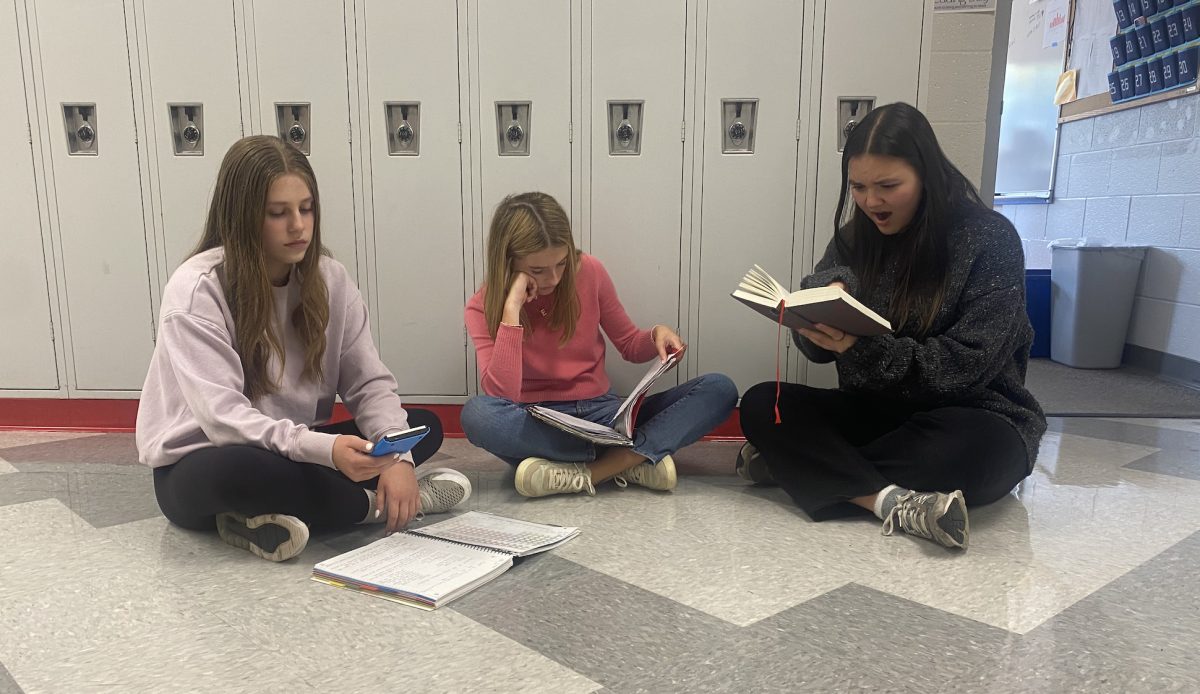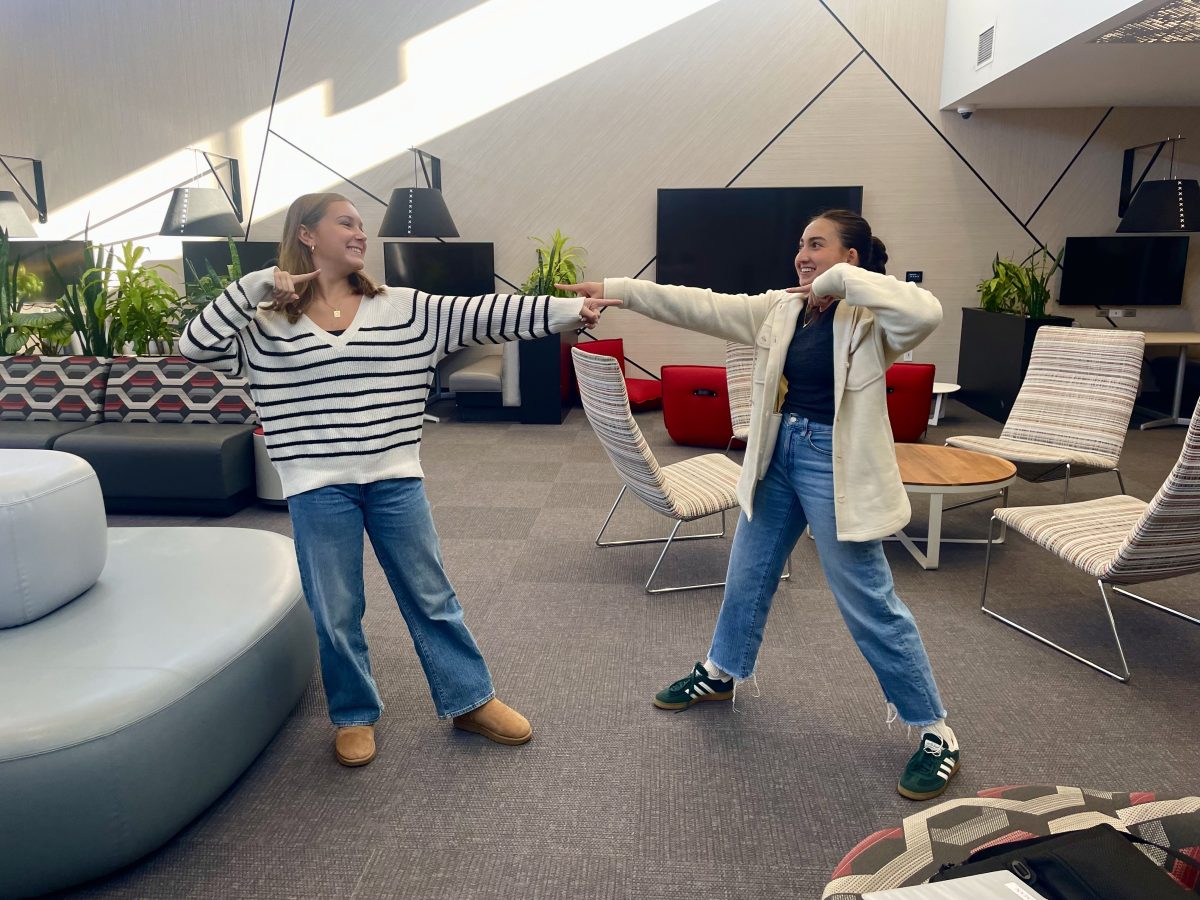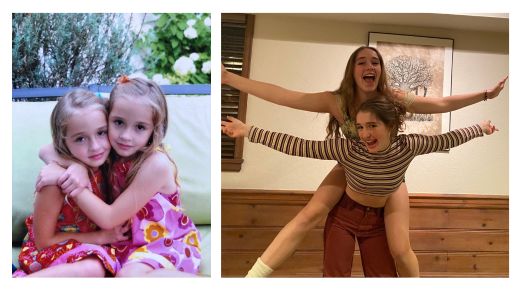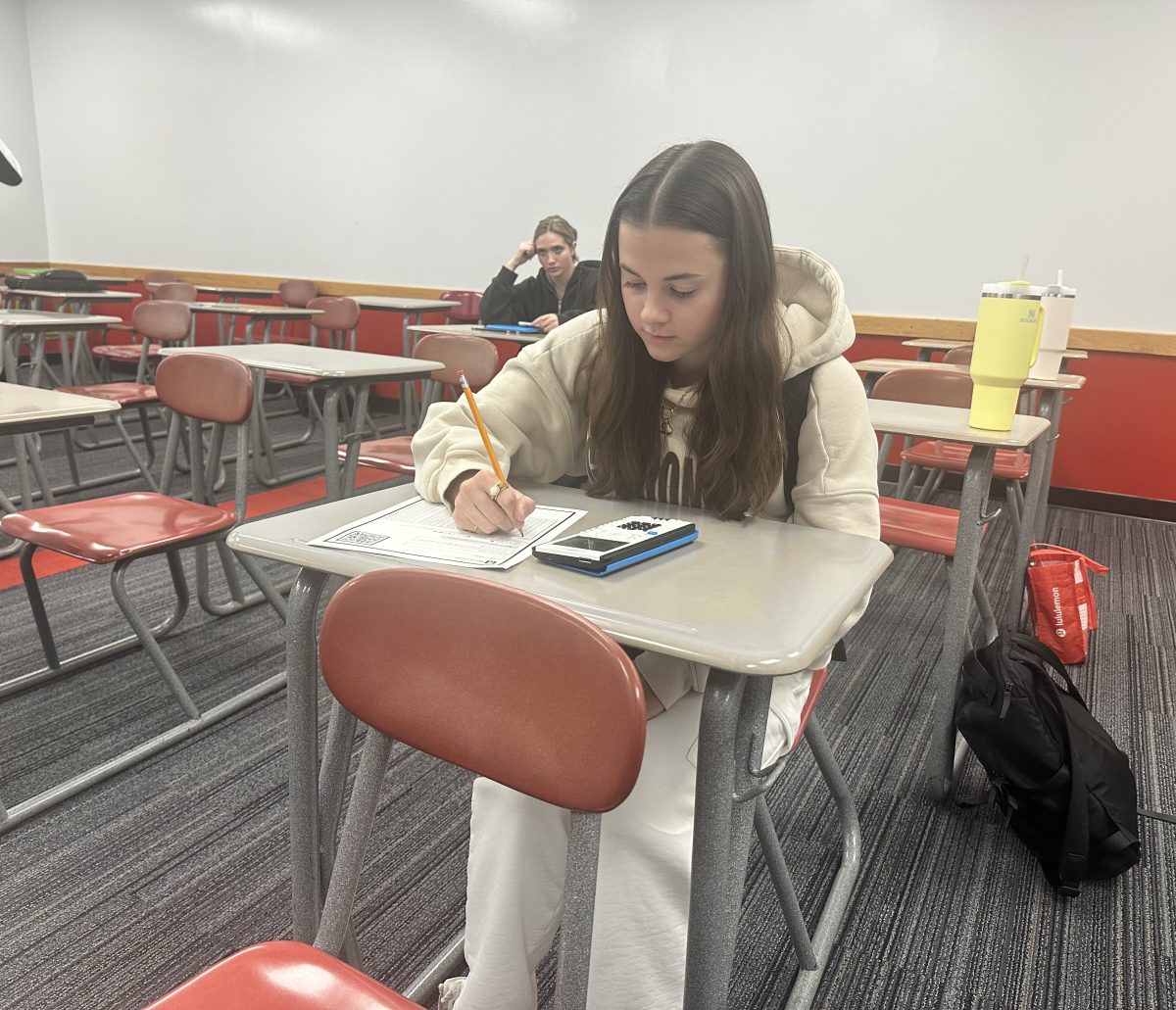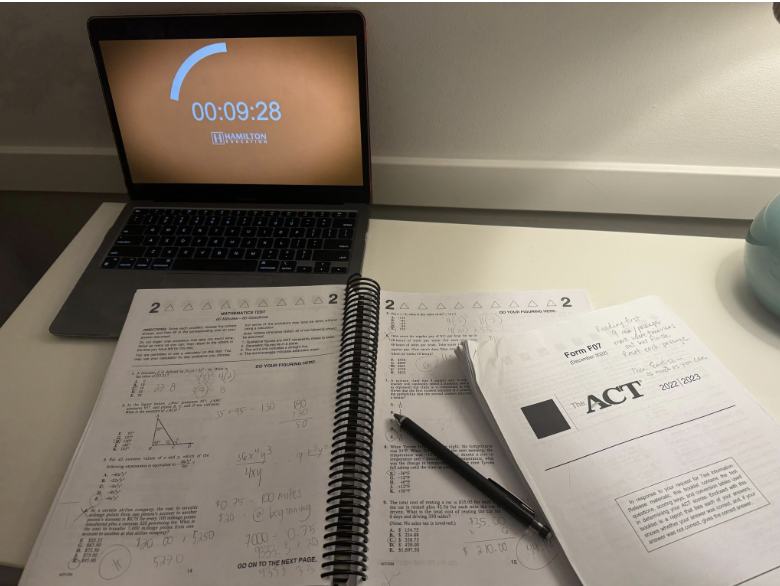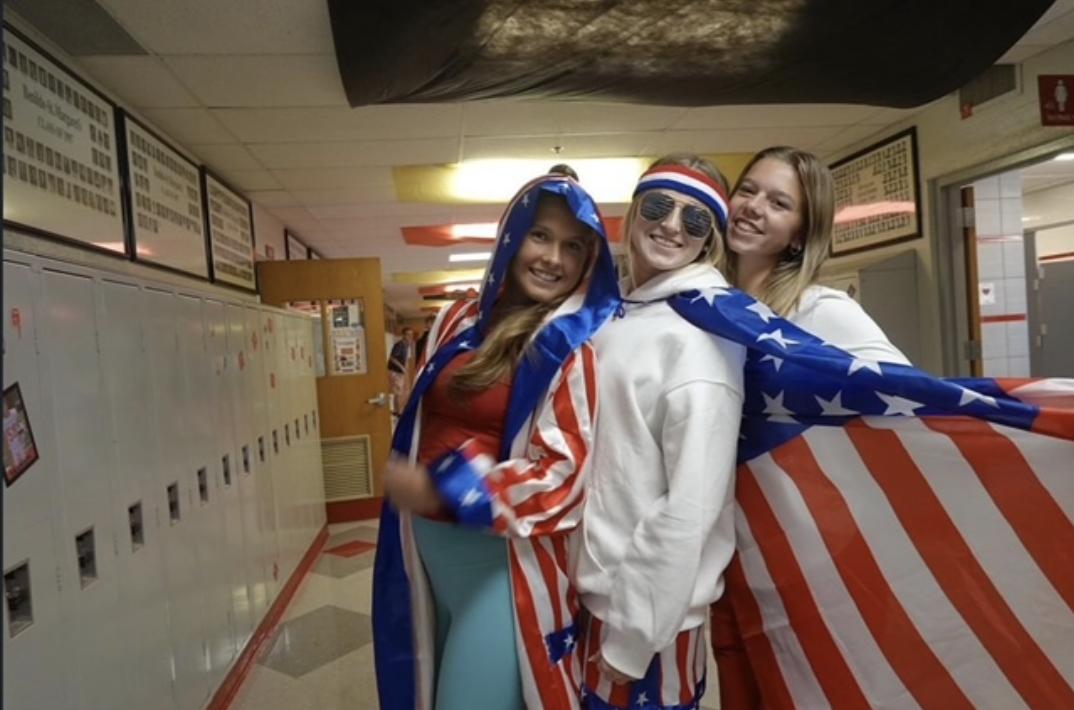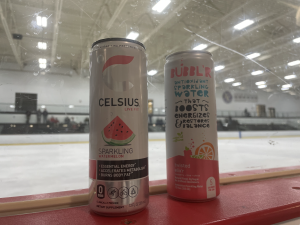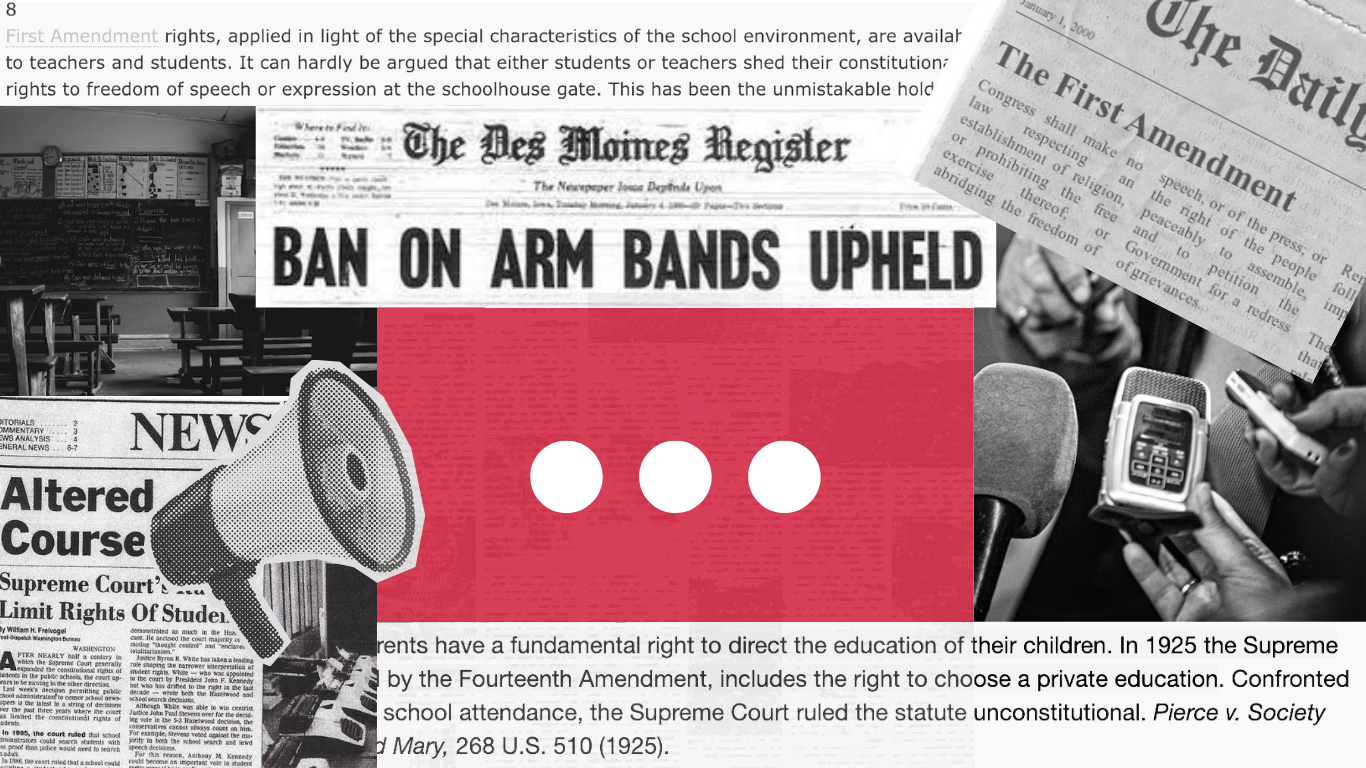Student fashion shifts throughout COVID
Click on the dots on the image below to learn more about each fashion item.
May 4, 2021
Masks, sweatpants, jeans, you name it: clothes of every type have been rebranded because of COVID. The BSM halls once prominently defined by Lululemon joggers and sports hoodies have seen some new fashion trends this year, too.
Since the beginning of the COVID-19 pandemic, many BSM students have experienced a shift in fashion sense––72.1% of 43 surveyed students to be exact. So what exactly do all these fashion shifts entail?
Trends vs. Expression of Self
Pre-COVID, you could say a lot of BSM students were focused on keeping with trends, and they shifted their style to fit whatever trend was current. However, insert a global pandemic and BSM students were no longer around each other every day to either discover the trends or present themselves as trendy. For better or for worse, BSM students were forced to uncover their true, personal style.
Sticking with fashion trends that change so rapidly can get expensive very quickly without even realizing it. So, a positive of the pandemic for one BSM student, in particular, was the extra time to evaluate purchases and their value before immediately clicking ‘order’––essentially implementing the principle of quality over quantity. “My fashion sense has definitely elevated since I had more free time during COVID to shop around and explore my taste,” junior Emma Proulx said.
This year, the halls of BSM take on multiple identities, as students have started valuing their own personal style over what is popular or trendy. “People are very much embracing having their own unique style,” freshman Julia Lealos said.
Life After Sweatpants
BSM students were a mixed bag in terms of enjoying life at home in sweatpants and missing the everyday task of getting dressed. Many students were looking forward to saying goodbye to their sweatpants after wearing them for almost an entire year. “I almost never wear joggers or sweatpants out anymore,” senior Xela Gunvalson said.
For others, the act of getting dressed, even just the thought of putting on a pair of jeans is painfully uncomfortable, and for some, it just depends on the day. “I definitely got used to wearing comfy clothes around my house so it’s been a harder transition,” Duffey said.
More or Less Shopping?
Of those same 43 students who were surveyed, 45% of them reported buying more clothes during quarantine than before quarantine––many of those purchases being unnecessary. “I definitely bought random clothes I didn’t need that I now kind of regret, but at the time they seemed necessary,” junior Cate Duffey said.
For others, some of the most well-thought-out purchases were made during quarantine because of the extra time. “I became more focused on quality and long-term investments over quantity of pieces that I won’t wear for as long,” Proulx said.






